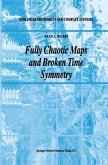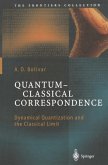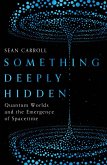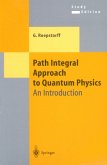The Feynman integral is considered as an intuitive representation of quantum mechanics showing the complex quantum phenomena in a language comprehensible at a classical level. It suggests that the quantum transition amplitude arises from classical mechanics by an average over various interfering paths. The classical picture suggested by the Feynman integral may be illusory. By most physicists the path integral is usually treated as a convenient formal mathematical tool for a quick derivation of useful approximations in quantum mechanics. Results obtained in the formalism of Feynman integrals receive a mathematical justification by means of other (usually much harder) methods. In such a case the rigour is achieved at the cost of losing the intuitive classical insight. The aim of this book is to formulate a mathematical theory of the Feynman integral literally in the way it was expressed by Feynman, at the cost of complexifying the configuration space. In such a case the Feynman integral can be expressed by a probability measure. The equations of quantum mechanics can be formulated as equations of random classical mechanics on a complex configuration space. The opportunity of computer simulations shows an immediate advantage of such a formulation. A mathematical formulation of the Feynman integral should not be considered solely as an academic question of mathematical rigour in theoretical physics.








